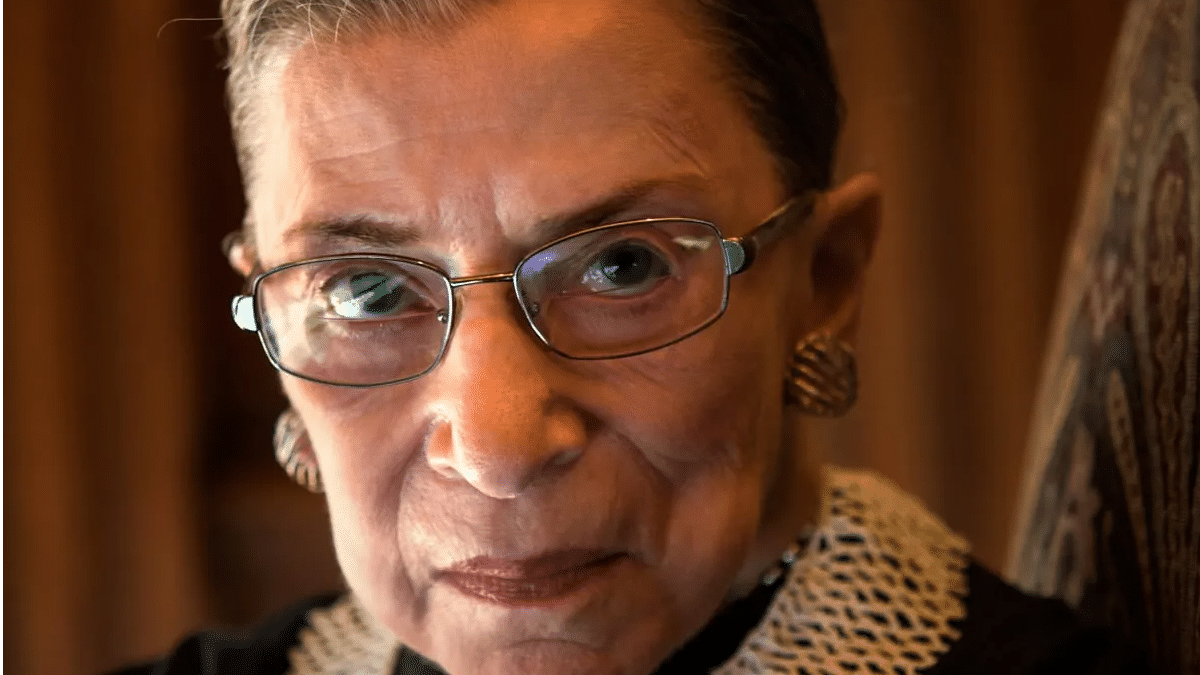Justice Ruth Bader Ginsburg, 87,
died on Friday evening after a prolonged battle with pancreatic cancer. United
States President Donald Trump, former US president Barack Obama among others mourned
justice Ginsburg’s death. The liberal icon that she was, Ginsburg was the
second woman in the US to serve as a justice. With her death and a vacant
post, what comes next for the US Supreme Court.
According to
a media report, Trump and the Republicans in the Senate are hoping to fill the
vacant post with a conservative justice. If Ginsburg is replaced with a young conservative justice, the ideological balance of the court will shift.
This in turn will create an outwardly ‘bulletproof conservative majority’ of
five justices (excluding chief justice John Roberts).
Also Read | Donald Trump, Joe Biden, Kamala Harris, others mourn justice Ruth Bader Ginsburg’s death
And, the new majority has
high chances of ushering in a new legal landscape that could last 30 years, a lasting legacy of Trump’s presidency.
Meanwhile, Democratic
presidential nominee Joe Biden said the nomination of a new SC Justice should
wait until after the November 3 elections as the ‘president should pick the
justice for the Senate to consider’.
Also Read | Donald Trump nominee who will replace justice Ruth Bader Ginsburg to ‘receive a vote’
Every considerable issue in
the American life in on the line, ranging from reproductive rights to voting
rights to tax rules and laws. The power of the presidency, the rights of
immigrants and healthcare for millions of vulnerable Americans are all under
the scanner as the Trump administration looks to fill the vacant post.
An ideological shift of this proportion has not happened in the Supreme Court for
50 years. Since 1969, Republican presidents have appointed 14 out of 18
justices elevated to the court but certain Republican appointments turned out
to occupy moderate ground or tilt liberal on some issues.
Also Read | Ruth Bader Ginsburg: Progressive icon of US Supreme Court, dies at 87
Trump had appointed
Neil Gorsuch in 2017 and Brett Kavanaugh in 2018, who pulled the court right,
but that would not be as far right as replacing Ginsburg with a conservative
would. Ginsburg was nominated by Bill Clinton in 1993.
The replacement process is
difficult, yes, but not impossible. However, if Trump nominates a conservative justice
with extreme views, confirmation of the nomination would be problematic.
Trump has
released a list of potential preferences and among them is Amy Coney Barrett, 48,
whom Trump appointed to the US court of appeals for the seventh circuit in
2017.
Trump, currently, views
appointing conservative judges as a political winner with his base and Senate
leader Mitch McConnell move to confirm a Trump pick with little time left in
the US election could prove costly, politically.







